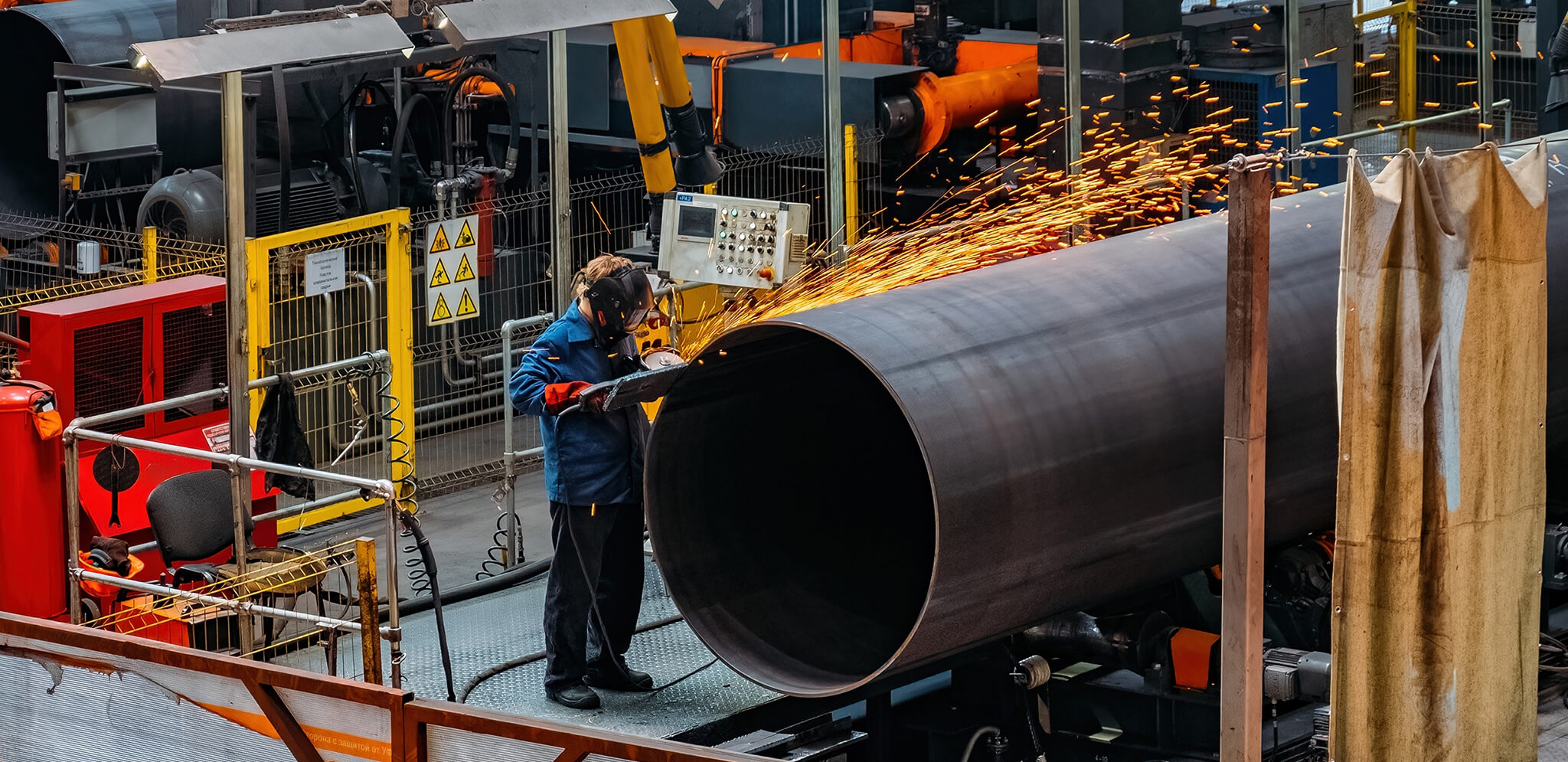When managing uninterrupted water flow, culverts and drainage pipes play a crucial role in ensuring the efficient and effective movement of water. These essential components, including roadways, bridges, and stormwater management systems, are vital in infrastructure projects. Let’s explore the importance of culverts and drainage pipes and their associated products in managing uninterrupted water flow.
Culverts typically allow water to flow under a road, railway, or similar obstruction. They come in various shapes and sizes, including round, elliptical, and box culverts, and are made from various materials such as concrete, steel, and plastic. Culverts are designed to withstand the weight of the overlying traffic while providing a clear pathway for water to pass through. Proper installation and maintenance of culverts are essential to prevent blockages and ensure uninterrupted water flow.
On the other hand, drainage pipes are used to collect and convey excess water away from a specific area. They are commonly found in stormwater management systems, agricultural drainage systems, and residential properties. Like culverts, drainage pipes come in different materials, including plastic, metal, and concrete, and are available in various sizes to accommodate different flow rates. Properly designed and installed drainage pipes are essential for managing stormwater and preventing flooding
In addition to culverts and drainage pipes, various products are essential for managing uninterrupted water flow. These include end sections, headwalls, grates, and erosion control materials. End sections provide a smooth transition for water as it exits the culvert or drainage pipe, reducing the risk of erosion and damage to the surrounding area. Headwalls serve a similar purpose by providing a sturdy outlet for water and preventing erosion at the pipe outlet.
Grates are essential for preventing debris from entering culverts and drainage pipes, ensuring that water can flow freely without obstruction. Erosion control materials such as geotextiles and riprap stabilize soil and prevent erosion around culverts and drainage pipes, maintaining the integrity of the surrounding infrastructure.
Proper maintenance of culverts, drainage pipes, and associated products is essential for managing uninterrupted water flow. Regular inspections should be conducted to identify any signs of damage or blockages, and necessary repairs or cleaning should be done promptly. Additionally, proper design and installation of these components are crucial to their long-term performance and effectiveness in managing water flow.
Properly managing culverts, drainage pipes, and ensuring uninterrupted water flow is essential for preventing flooding, erosion, and maintaining the overall health of water systems. Culverts and drainage pipes are designed to allow water to flow underneath roads, railways, or embankments, and it’s crucial to manage them effectively to avoid blockages and ensure proper functionality.
Regular Inspections:
One of the key aspects of managing culverts and drainage pipes is conducting regular inspections. Inspecting these structures can help identify any signs of damage, blockages, or erosion that may impede water flow. By identifying issues early on, necessary maintenance or repairs can be carried out to prevent more significant problems in the future.
Clearing Debris:
Debris, such as leaves, branches, and sediment, can accumulate in culverts and drainage pipes, obstructing water flow. Regularly clearing out this debris is essential to maintain uninterrupted water flow. This can be done through manual removal or by using equipment such as high-pressure water jets or vacuums to clear the blockages.
Proper Sizing and Installation:
When constructing culverts and installing drainage pipes, it’s crucial to ensure they are appropriately sized and installed. Proper sizing is essential to accommodate the expected water flow and prevent overflow or blockages. Correct installation techniques, such as ensuring the pipes are properly aligned and have adequate slope, are vital for their optimal performance.
Erosion Control:
Managing culverts and drainage pipes also involves implementing erosion control measures in the surrounding areas. Erosion can compromise the stability of these structures and lead to blockages or even failure. Utilizing erosion control methods such as vegetation, riprap, or retaining walls can help maintain the integrity of the culverts and prevent sediment buildup.
Maintenance Planning:
Developing a comprehensive maintenance plan for culverts and drainage pipes is essential for long-term management. This plan should include regular inspection schedules, cleaning routines, and provisions for necessary repairs or replacements. By having a structured maintenance plan in place, these structures’ overall functionality and lifespan can be significantly improved.
Environmental Considerations:
When managing culverts and drainage pipes, it’s crucial to consider the environmental impact of these structures. Ensuring that water flow remains uninterrupted is important for preventing flooding and maintaining the natural ecosystem. Considering the ecological implications and implementing environmentally friendly practices is integral to responsible culvert and drainage pipe management.
Proper management of culverts, drainage pipes, and uninterrupted water flow is essential for maintaining infrastructure integrity and preventing water-related issues. By conducting regular inspections, clearing debris, ensuring proper sizing and installation, implementing erosion control measures, developing maintenance plans, and considering environmental factors, effective management practices can be established to ensure the longevity and functionality of these vital water infrastructure components.
In conclusion, culverts, drainage pipes, and associated products play a critical role in managing uninterrupted water flow in various infrastructure projects. Proper design, installation, and maintenance of these components are essential for ensuring the efficient movement of water and preventing flooding and erosion. By understanding the importance of culverts and drainage pipes, as well as the products associated with them, we can effectively manage water flow and contribute to the resilience of our infrastructure.

